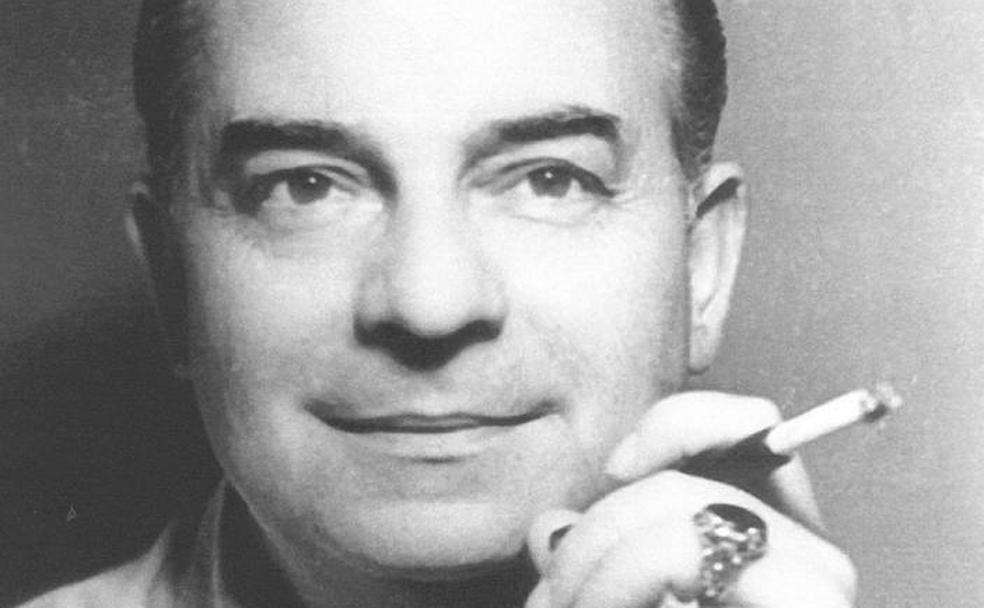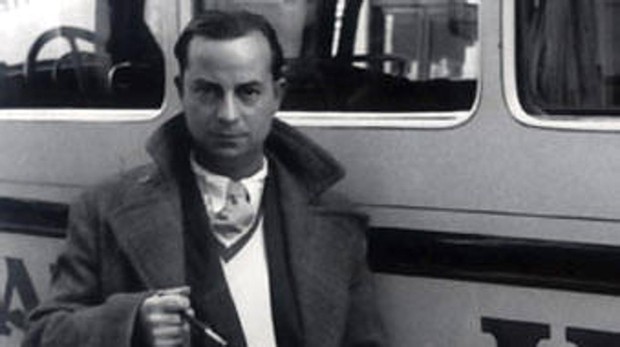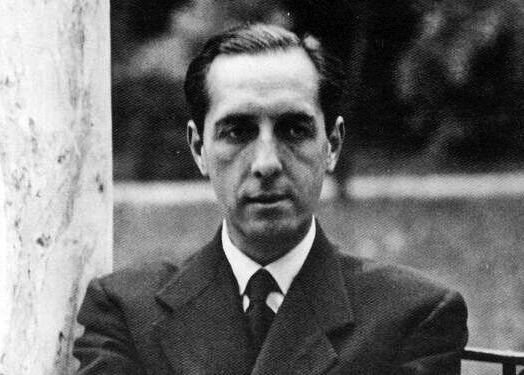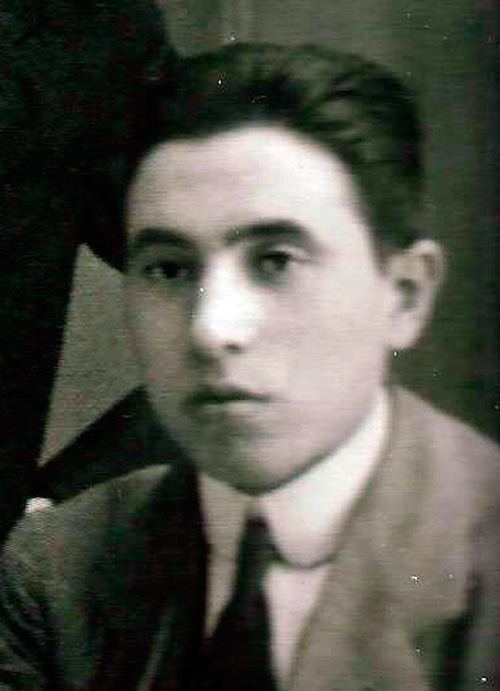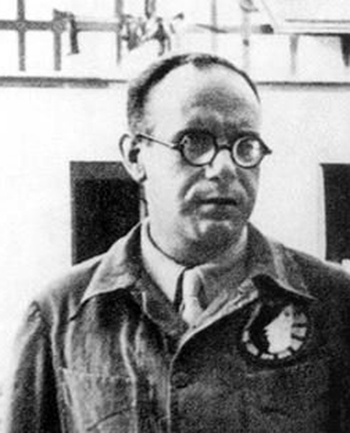Galician writer and journalist trained in Argentina. He met Federico García Lorca in 1933, through their common friend Ernesto Guerra da Cal. He was his friend and editor of one of the last books published during his lifetime, Six Galician Poems.
At a very young age he began working as a journalist for Galician newspapers such as El diario de Orense. He emigrated to Buenos Aires in 1919, although he always missed his native Galicia and dreamed of returning to it. In Buenos Aires he met numerous writers, among them Alfonso Reyes, Jorge Luis Borges and Horacio Quiroga. In 1926, he had begun to collaborate in La Nación, one of the most influential newspapers in Latin America, which published articles by Spanish writers and those related to current affairs and literature in Spain. In 1927, he also began his literary career with titles such as The Neonates or Galician Ballads (1928). At the end of that year he returned to Spain as an envoy for La Nación to write about Galicia. It was then that he met Federico.
Federico dedicated the first reading of Doña Rosita the Spinster to him. Fond of photography, he left an impressive photographic report of Federico and his family in the San Vicente Farmhouse.
In 1934, he visited Lorca for the first time in the Huerta de san Vicente, to reconstruct the visit the poet made to Buenos Aires in 1933 and 1934. Lorca gave him copies of poems from Divan del Tamarit.
In the summer of 1935, specifically from June 21 to July 19, he was a guest of the García Lorca family for the second time. Federico dedicated the first reading of Doña Rosita the Spinster to him. Eduardo, fond of photography, left an impressive photographic reportage of Federico and his family in the Huerta de San Vicente consisting of 16 snapshots that constitute the only work done with the Lorca’s in the summer house in Granada. The images remained mostly unpublished until 1952. Blanco, who had been living as a refugee again in Argentina since the Civil War, refused to sign the images in Spain until 1959 in the magazine Ínsula. Earlier, in 1954, they were reproduced unsigned in the first edition of Arturo del Hoyo’s Complete Works.
On December 27, 1935 in Santiago de Compostela, the printing of Six Galician Poems was completed under Eduardo’s care. In the prolog, Blanco-Amor does not mention Ernesto Guerra da Cal, who undoubtedly helped Federico with the writing of the poems in Galician. He went so far as to delete the dedication of Shop Boy’s Song and Federico’s epilogue where he gave details about the composition of the poems. This surely clouded the friendship between the two.
After the outbreak of the Civil War, he defended the Republican cause from Buenos Aires. He continued to publish works in Spanish and Galician.
In 1959, in Buenos Aires, he published a tremendist novel fundamental for Galician narrative, A Esmorga. Throughout his life he directed several literary magazines and a dramatic group, the Galician Populat Theater. He returned to Spain in 1965. He wrote a lot, although without much success in Spain itself.
He died in Vigo in 1979.
